How to Stand Up to Bullies: Teaching Kids to be Upstanders
Learn how to help your children stand up to bullies
MAR 01, 2023
How to Stand Up to Bullies: Teaching Kids to be Upstanders
Learn how to help your children stand up to bullies
EDITOR’S NOTE:
This article references bullying. Gabb does not condone violence of any kind and does not recommend intervening physically when witnessing bullying. Furthermore, when it’s not safe to speak up, the best course of action is for children to tell an adult.
As parents, we often worry about our kids being bullied. We want them to have friends and feel loved. When we see that they’re doing well, we feel content.
But even if our kids are doing ok, other kids around them may not be so fortunate.
About 20% of kids ages 12-18 experience bullying nationwide.
-stopbullying.gov [1]
We can combat bullying by teaching and encouraging our children to become upstanders. Read on to learn what skills your child will need to go from a bystander, to someone who takes action and helps those being bullied.

Bystander vs. Upstander
Defining a bystander
Being a bystander is naturally common. A recent study in 2022 found that in 85% of bullying incidents at school, an audience formed around the bully and target. A peer only intervened 10% of the time. [3]
Social psychologists explain that there are two reasons why we may decide to remain bystanders. The first is diffusion of responsibility, meaning the more onlookers there are, the less personal responsibility we feel to take action.
The second is social influence, where we monitor the behavior of those around us to determine how to act. [6] It’s natural for kids to worry that intervention may result in becoming a target.
In a bullying incident, bystanders take on many roles [2]:
Even bystanders can help
A child may not feel ready or comfortable to be an upstander yet, so starting with some small measures will help build a foundation for future action. As a bystander, kids can discourage bullying by not laughing, cheering, participating, taking pictures or videos, or becoming an audience—bullies feed on the attention.
Reaching out to the victim after the incident can bolster a hurt child’s confidence and help them not feel the shame that follows this aggression. Bystanders can support the victim by including and befriending them.
We can further empower our kids to stand up in ways that help the immediate situation and also boost self-esteem and levels of optimism. [9]
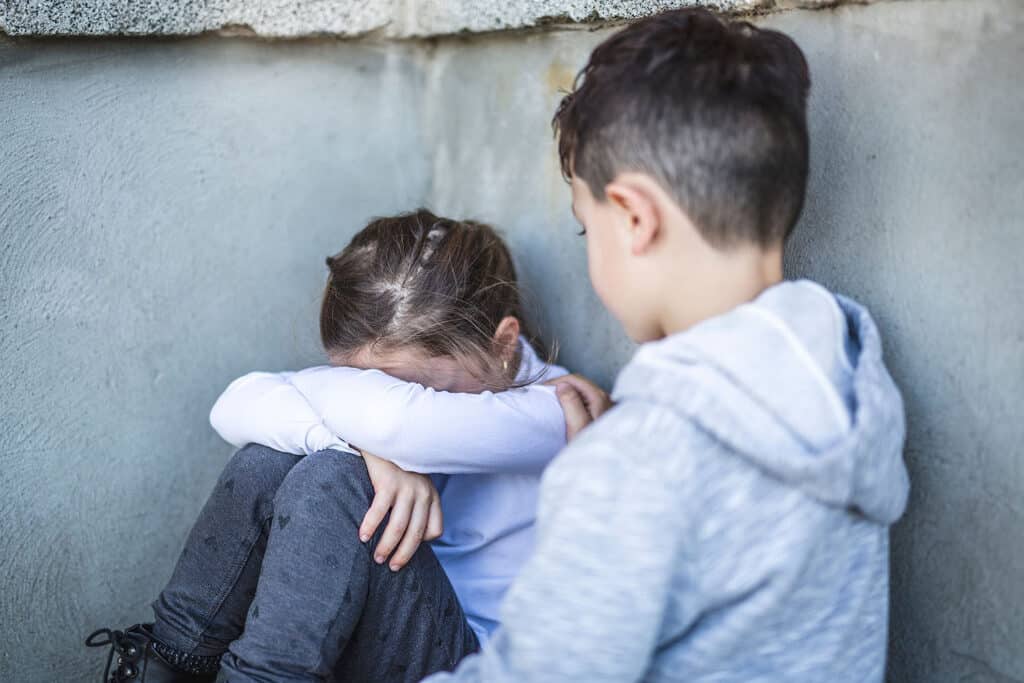
Going from Bystander to Upstander
Many bystanders want to help during an incident, but they are afraid of becoming targets themselves. This is a valid concern. When we discuss bullying and share our own experiences, we can help our kids understand that one person can make all the difference in a bullied child’s life.
When bystanders defend the target of bullying and intervene, more than half the time the bullying stops within 10 seconds!
—Maureen Perkins, Public Health Analyst [8]
Values and attributes
Going from a bystander to an upstander takes courage, compassion, and leadership. Parents teach their children these skills daily by example, and they can be fortified by regular encouragement, praise, and empathy.
How kids can become upstanders
Kids can become upstanders by remembering to be S.T.A.R.S.
How to Take Action
At least 80% of kids say they find bullying unpleasant to witness and admire those who step in to help. [3] There are many ways to be an upstander, but young people should know that the most important way is to just take action. Victims will feel supported—bullies will get the message that others will not tolerate their behavior.
How to Show Support
Kids who are bullied need to know that they are not alone. We can encourage our children to support victims by doing small acts of kindness like smiling or saying hello, checking in with them, being positive, and not making the incident the focus.
Kids can feel empowered to reach out after the incident and assure the victim that the bully’s words were not true. This will help those who have been targets to shrug off the encounter and move on.
Speak words of comfort to your bullied peers
- They don’t know what they’re talking about.
- What they said is not true.
- I know you’re a good person and I like being your friend.
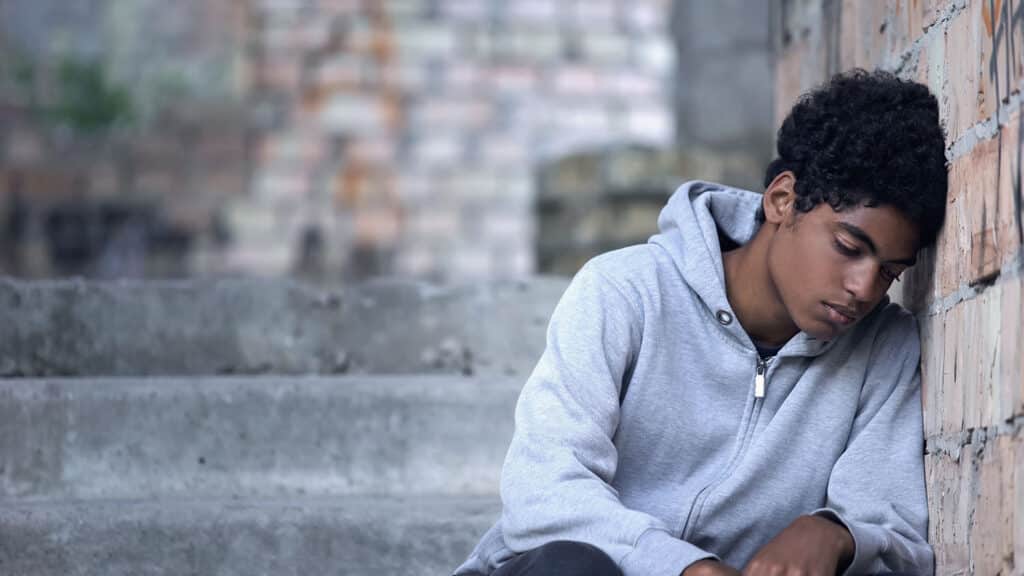
Discourage Kids from Recording Bullying on Their Phone
When kids are bullied, their self-esteem takes a devastating hit. It is important to recognize some of the signs.
Many experience anxiety, depression, and isolation. Children who experience cyberbullying are 50% more likely to have suicidal thoughts. [11]
When bystanders record the incident, that content is made public forever, causing additional pain for the victim. In some states, recording a fight on private property is unlawful and can lead to a misdemeanor charge.
Do No Harm
A key principle of digital citizenship is to do no harm. Kids may not understand that it is not necessary to share the details with the targeted child. If the victim doesn’t know about it, bringing it to their attention will only cause distress.

Suicide and Bullying
Suicide is the second leading cause of death for teens. [7] A Yale University study found that victims of bullying are 2 to 9 times more likely to commit suicide than non-victims. [4]
However, bullied youth who are supported by peers are less depressed or anxious than those who are not. [5] One upstanding peer can make a tremendous difference.

Prevent Bullying with Personal Responsibility
We can encourage our kids to be upstanders by teaching them personal responsibility.
When young people feel a personal obligation to help, they are likely to stand up against bullies and support those targeted. Some of the skills necessary are compassion, moral understanding, grit, and selflessness. These skills won’t be developed overnight, but they are attainable with consistent practice.
Reading books together is a wonderful way to introduce the topic of bullying. Books such as Stick and Stone, Wonder, and Little Blue Truck will help kids learn to be a good friend and the importance of helping others.
Vulnerability
We can teach our kids to have compassion by talking to them about the hardships that we and others go through. Ask your child questions as if they were in those situations. It often takes a different perspective of a hardship to understand and empathize.
Support
Continue to encourage your child in their endeavors. When we recognize their good choices, our backing will inspire them to work hard to overcome obstacles.
Serve
Involving our children in volunteer opportunities will bolster their selflessness, kindness, and empathy. [10] They will learn to look outside of themselves and evaluate the needs of others around them.
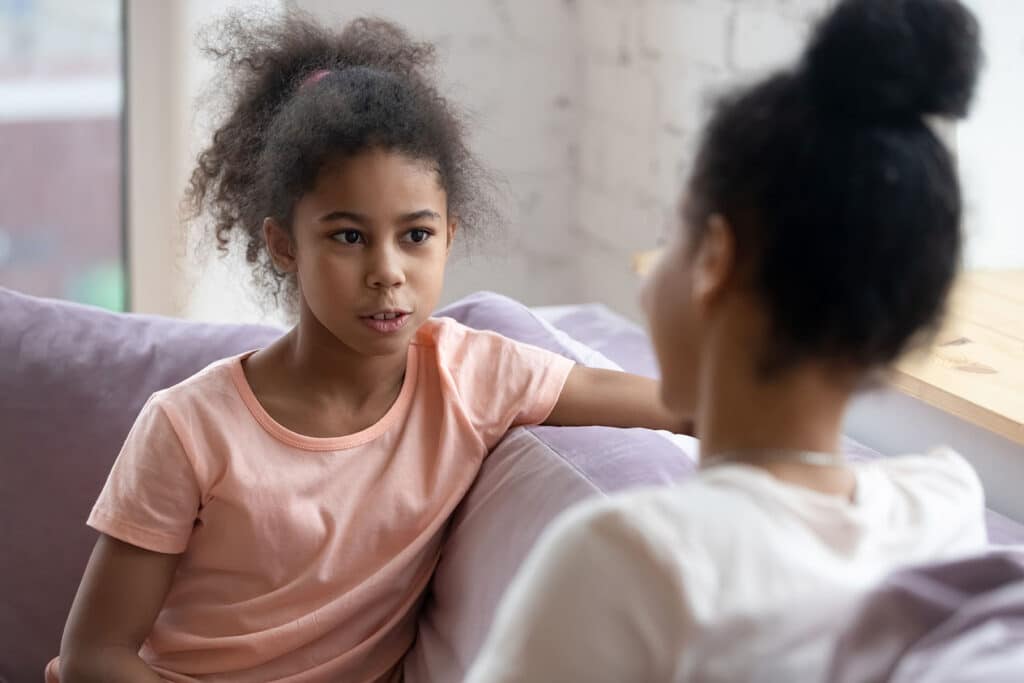
Conversations About Bullying
Little kids love to talk about every little detail of their day. But as they get older, that enthusiasm for chats dies down. Many parents can relate to the struggle of getting their kids to open up. With some open-ended questions, parents can encourage a conversation.
Prompts for Conversations about Bullying
- Why do you think some people become bullies?
- If you were a teacher, how would you try to stop bullying from happening?
- Has anyone ever left you out? How did that make you feel?
- Have you ever bullied someone? I did one time. Let me tell you about it.
- How can a bully change?
Explore Gabb’s blog to discover more ways to help kids and families thrive in a hyper-tech world.











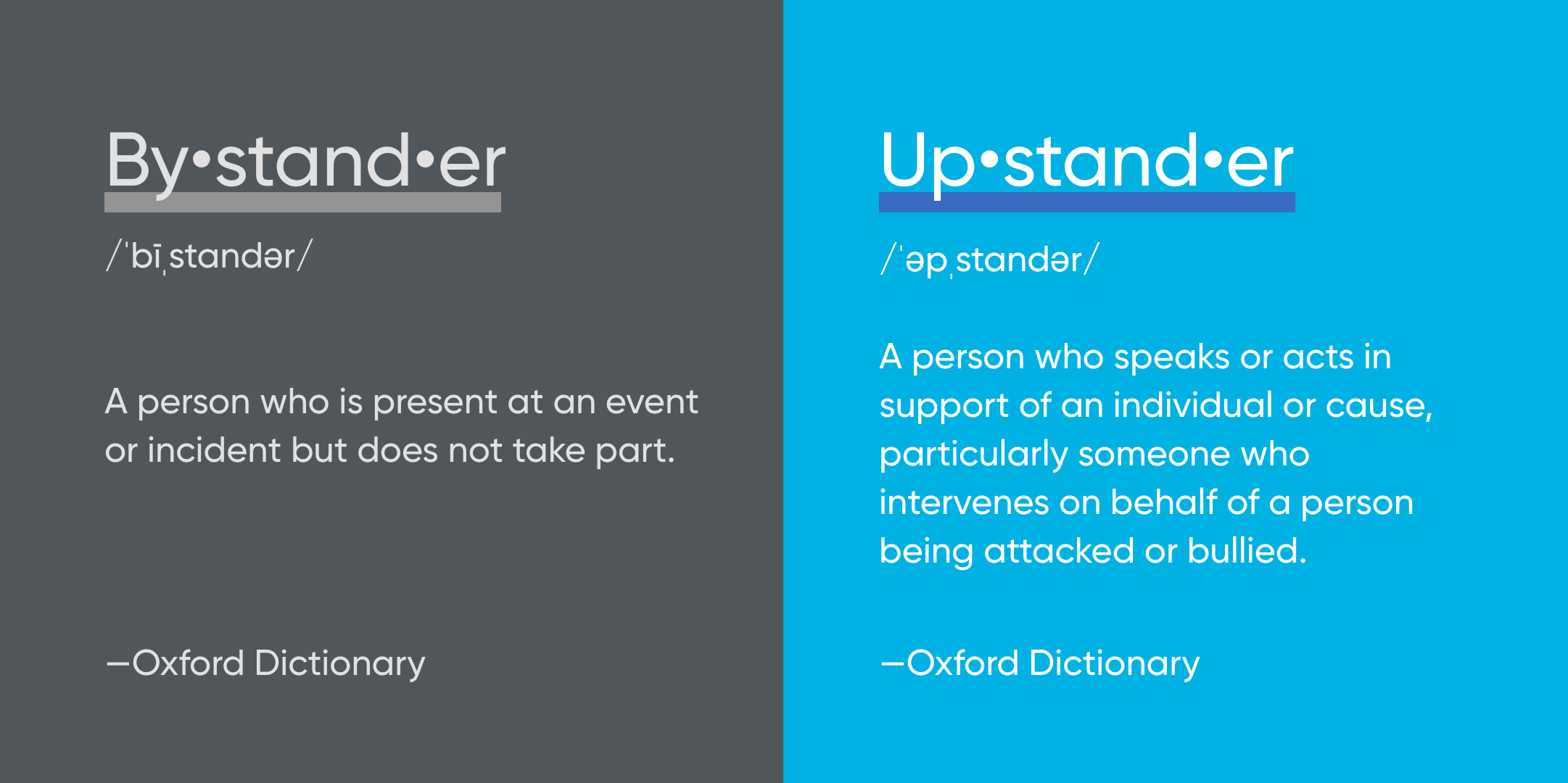
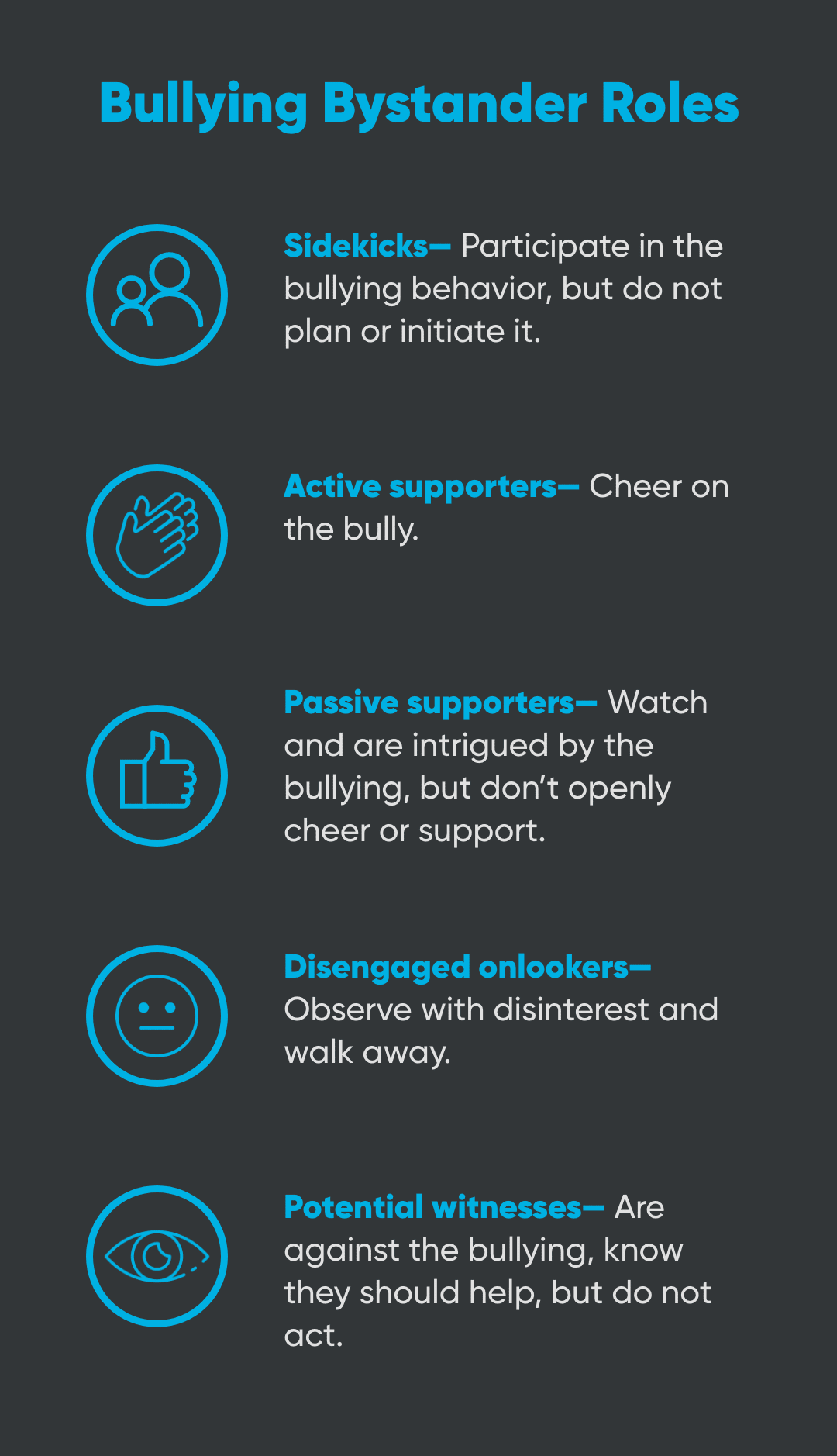
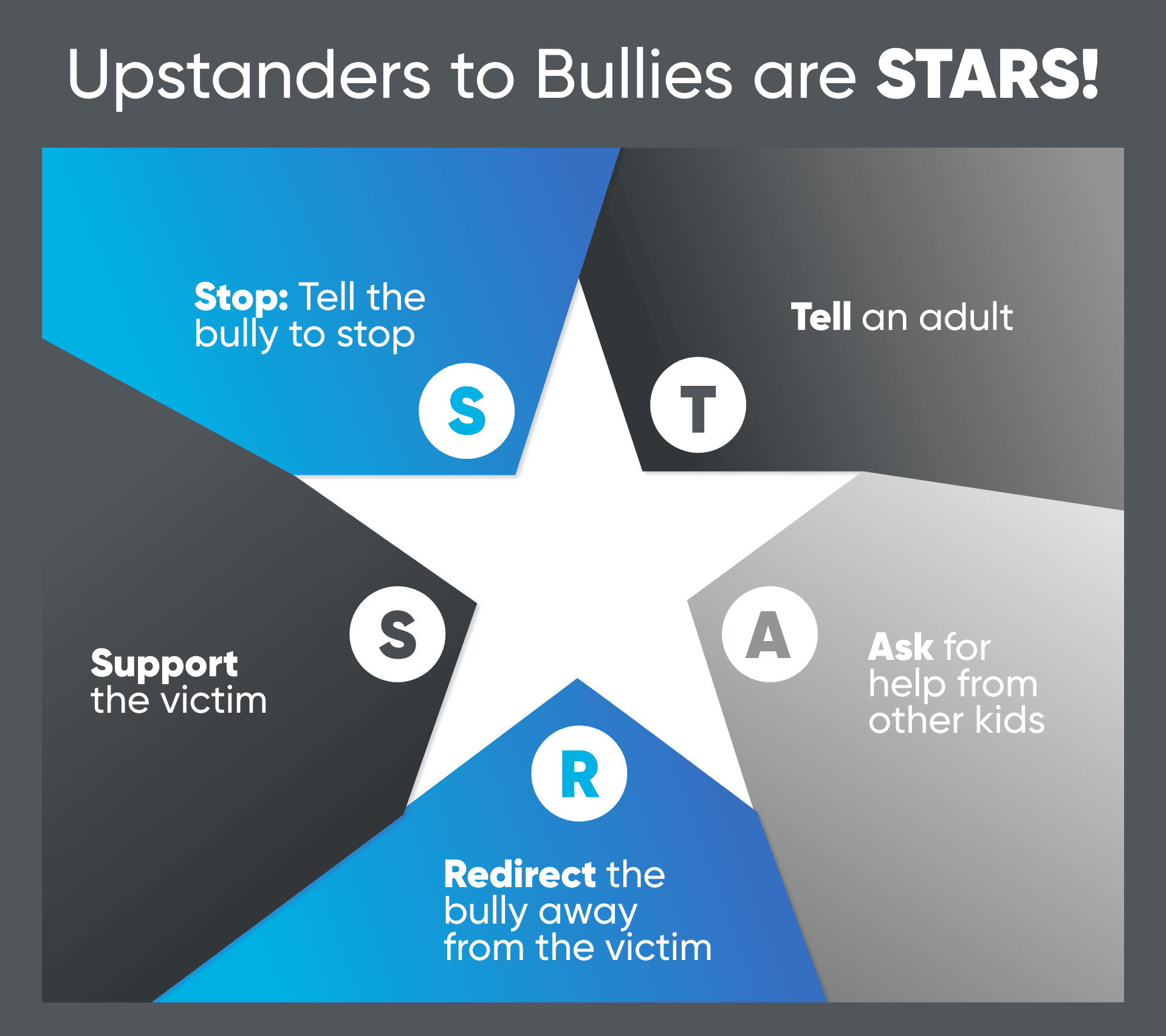
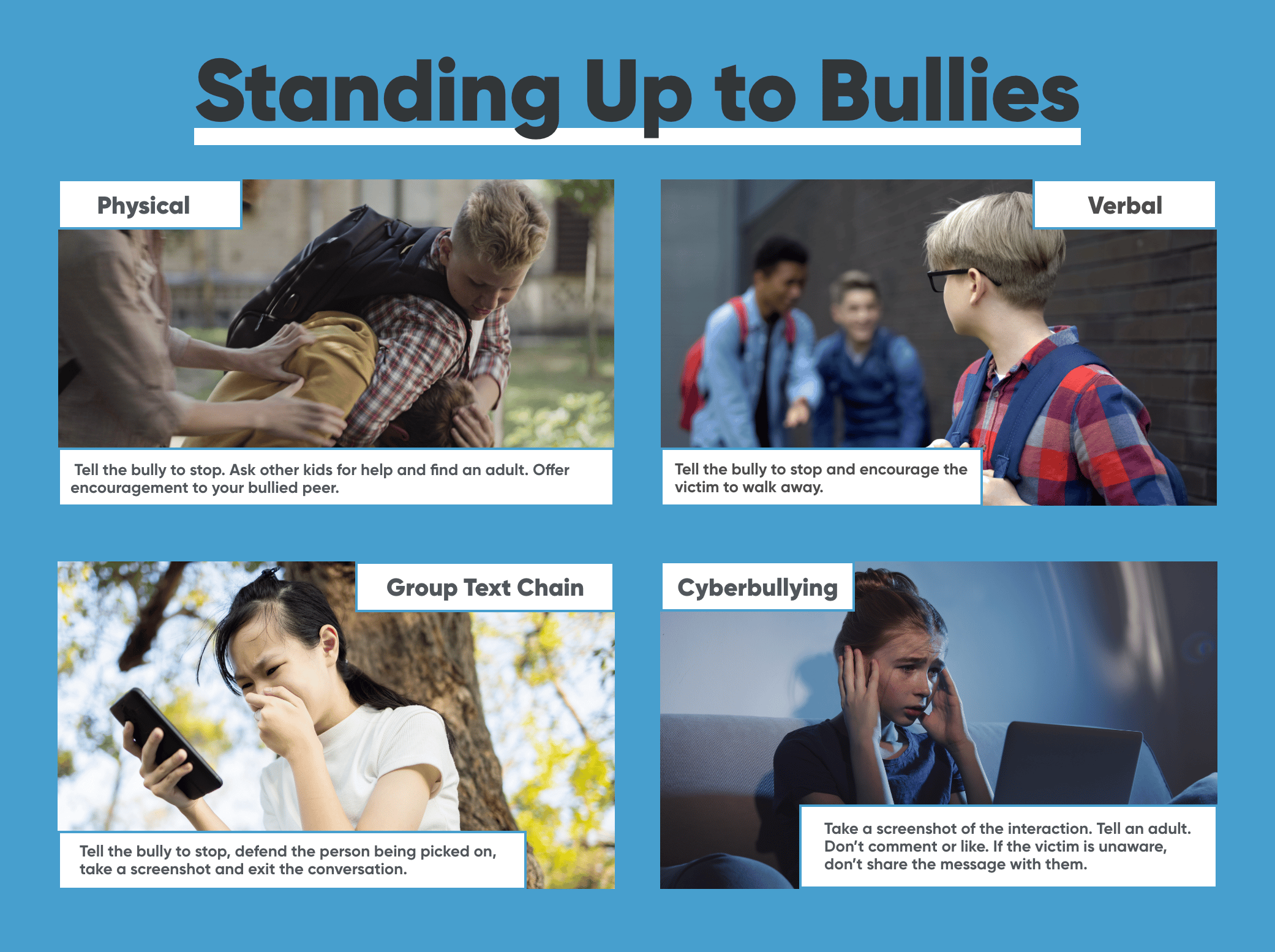

Success!
Your comment has been submitted for review! We will notify you when it has been approved and posted!
Thank you!